TIFs, those venerable public-private development financing vehicles that have subsidized millions of square feet of retail in once-blighted areas, are aging up and, in many cases, retiring. By definition, a TIF (tax-increment financing) district uses anticipated future gains in property values, and sometimes sales tax, to finance the improvements that will help generate those very gains.
Though opponents contend that TIFs divert money from schools and other uses, proponents counter that without them, developers would be unwilling to risk any private money to redevelop problematic land in the first place. When TIFs are executed well, they can create enduring financial muscle for governments, these supporters argue.
Property taxes are frozen at their base when a TIF is formed. The differential amount between that base and the new taxes, called the increment, goes into a special fund administered by the taxing district. Most TIFs have a maximum life of 23 years, at the end of which all obligations are paid in full and the taxes revert to taxing bodies. Some are retired earlier, and others are extended.
“But the gift that keeps on giving is the sales tax,” notes Robert Rychlicki, president of TIF consulting firm Kane, McKenna & Associates, in a recent article.
Here SCT looks at six long-term, successful TIFs.
1. Aurora, Ill.
When the Chicago suburb of Aurora established Aurora TIF No. 2 in 1989, the targeted 140-acre parcel on Interstate 88 was assessed for about $228,000. Today that same acreage is valued at upwards of $92.5 million, and it has generated some $63 million in property taxes, according to Kane, McKenna & Associates, which ranks that TIF at the top of the 300 it has worked with in Illinois.
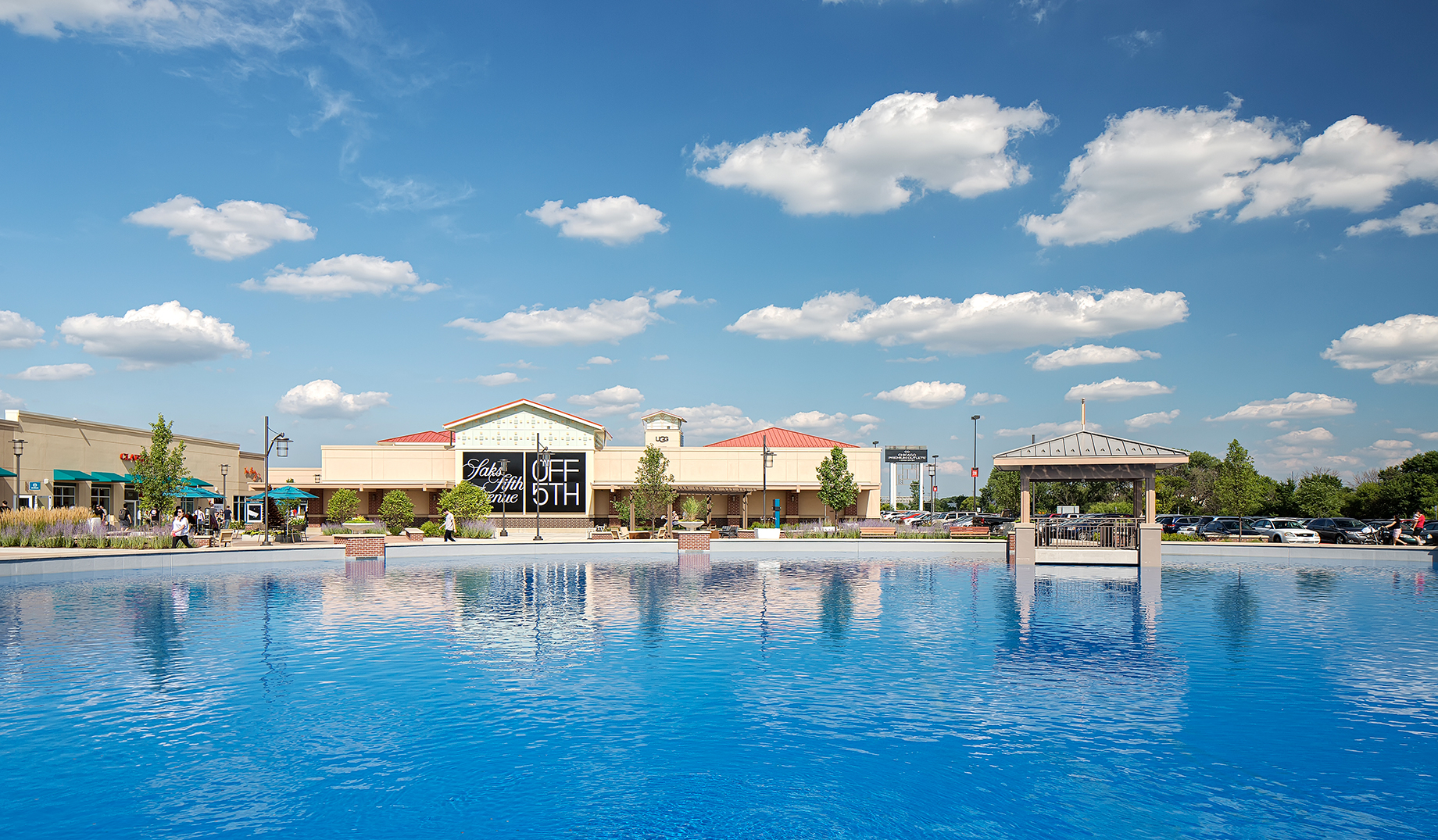
Chicago Premium Outlets
The centerpiece of Aurora TIF 2 was the Simon-owned Chicago Premium Outlets. Before rolling out the 100-store first phase in 2004, the developer had to acquire the entire 140 acres merely to develop 50, with the balance then put to use for flood mitigation and wetlands. Offices were built too, and a comprehensive renovation of the mall, which added some 250,000 square feet onto the now 688,000-square-foot facility, was completed in 2016. The TIF is now retired, and the city receives in excess of $6 million per year in additional sales taxes.
2. Coralville, Iowa
The Coral Ridge Mall TIF district, created in 1997 along Interstate 80 in Coralville, Iowa, has proved to be one of the most successful TIFs in the state, if not in the country. Completed on 120 acres in 1998, the mall and its TIF have transformed the town, attracting a half dozen smaller shopping centers, nine hotels and a research park. The TIF helped boost retail sales from $166.5 million in 1997 to about $807.6 million two decades later, creating some 2,000 new jobs along the way, according to the city.
The TIF also did things a bit differently: About $700 million of the city’s $1.6 billion in property value was tied up in TIF districts in fiscal 2016, resulting in a lowered credit rating. The city did not retire the TIF when costs were recovered, as is customarily done. Instead, it funneled the funds into infrastructure and a convention center, and then into the 180-acre, mixed-use Iowa River Landing complex, built over an old industrial site a few miles away. The mall TIF is set to expire late this year.
3. Arlington, Texas
As fast-growing Arlington, Texas, developed, near the turn of the century, one 320-acre parcel on Interstate 20 sat fallow. It lacked access, a bridge and other infrastructure, factors that helped kill any potential deals. So in 2005 the city created a TIF-like tax-increment reinvestment zone, and a lively, 80-acre retail, restaurant and office development called Arlington Highlands followed.
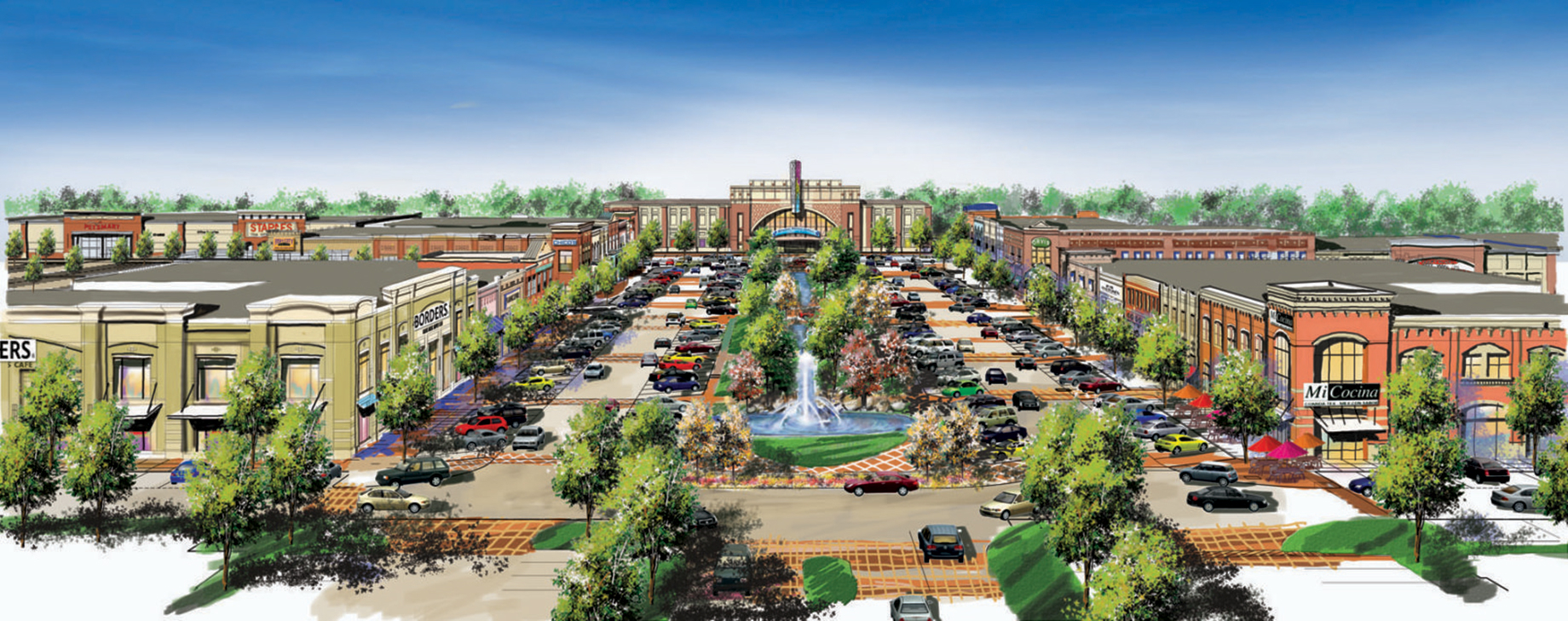
Arlington Highlands
The city projected that the land’s taxable value would increase to $130 million, but that was wrong — it soared to $230 million instead, an increase of 1,250 percent from pre-reinvestment-zone times. Without the TIF, “there’s little reason to believe the land would be more than a field of Texas weeds,” wrote former Arlington Mayor Richard Greene in a Fort Worth Star-Telegram op-ed. That reinvestment facility, originally set to expire in 2025, was terminated this year — seven years early — thanks to its success.
4. Washington, D.C.
In July 2001 the Washington, D.C., Gallery Place TIF was organized to fund a mixed-use complex surrounding the Chinatown Metrorail stop, adjacent to MCI Center (now Capital One Arena). Thanks in part to an $80 million subsidy, the TIF was among the most successful of the district’s then-fledgling TIF programs, and the $240 million Gallery Place project was born. Today the rail station, at Seventh and F streets, is the third-busiest in Washington, at a pace of some 22,000 trips daily at minimum, according to the city.
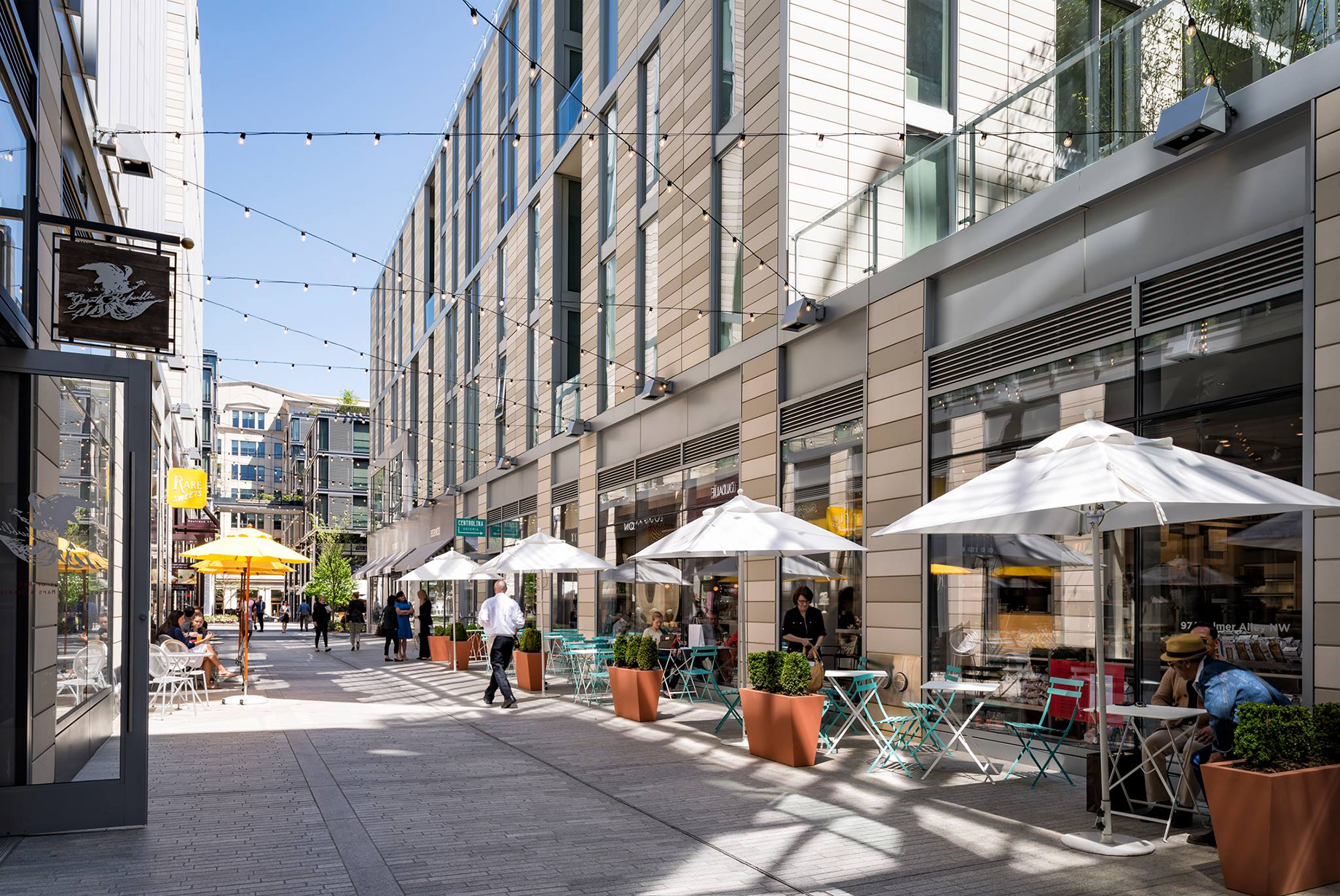
CityCenterDC
The development, which includes 193 residential units and 200,000 square feet of offices, helped attract other landmark projects nearby, including Hines’ 2.5 million-square-foot, mixed-use CityCenterDC. The TIF, which is more reliant on sales taxes than property taxes, was able to return about $15.2 million to the city above its debt payments after little more than a year. Gallery Place tenants include Loft, Lucky Strike, a Regal cinema and Urban Outfitters.
5. Indianapolis
Known simply as the downtown TIF, this highly productive Indianapolis tax district first gained momentum by helping to bankroll Simon’s now 23-year-old, 800,000-square-foot Circle Centre Mall. Launched in 1982 to jump-start the downtown’s rebirth, this TIF has been expanded and extended several times, funding a Whole Foods–anchored residential skyscraper, some city infrastructure and several one-off projects.
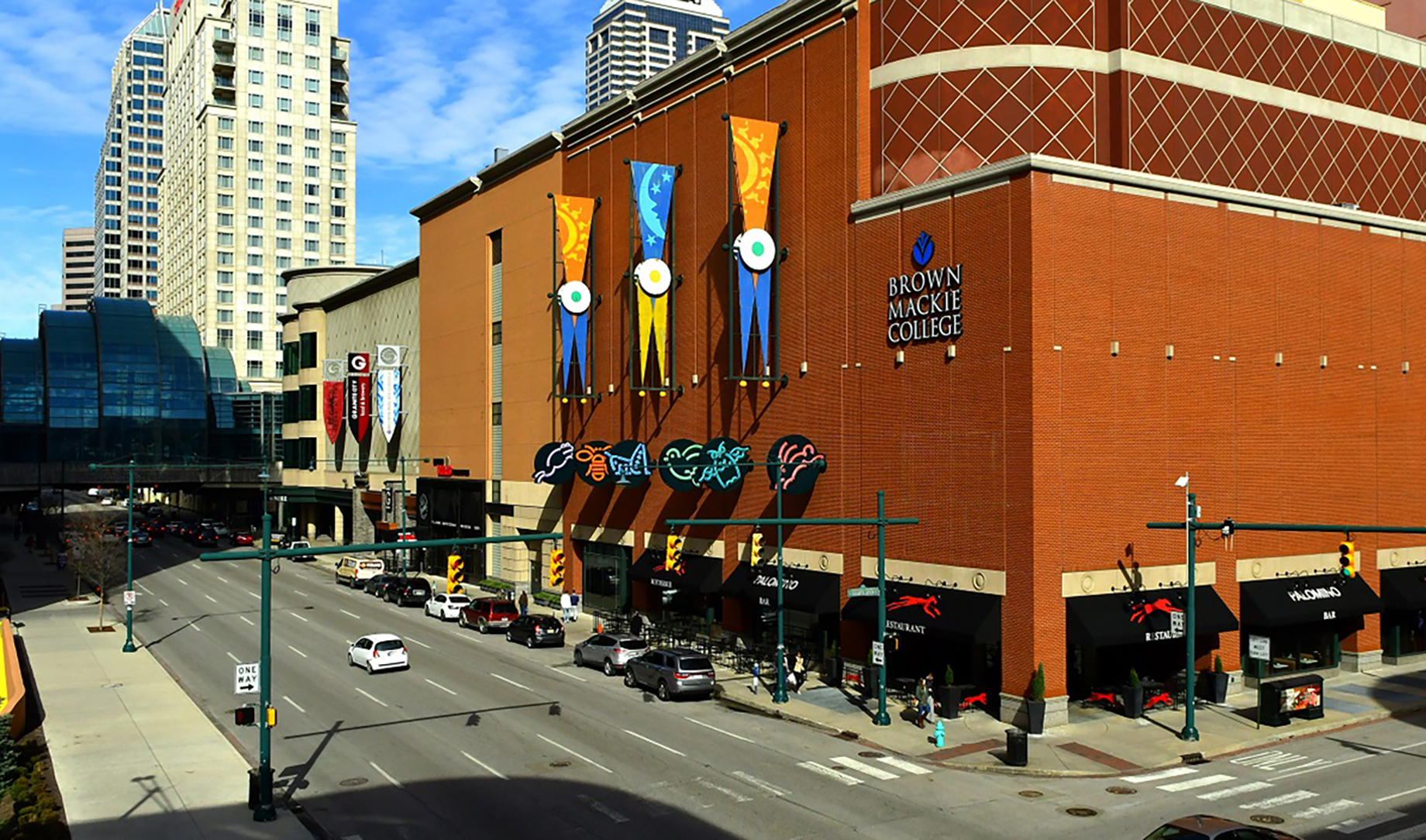
Circle Centre mall
Circle Centre opened in September 1995, with 100 stores and restaurants, a movie theater and about 12,000 parking spaces. The mall has since lost anchors Nordstrom and Carson’s but is undergoing a tenant overhaul and a major renovation set for completion in 2020. The still-active TIF has released well upwards of $200 million of its assessed value to the city and county for various maintenance projects and has also become a catalyst for several nearby tech hubs, city officials say. Its $730 million debt is scheduled to be paid off by 2038.
6. Virginia Beach, Va.
Lacking a traditional downtown, the city of Virginia Beach launched its New Urbanism central-business district TIF in the late 1990s and then set about redeveloping a string of aging parking lots and some obsolete retail shells to create one. Relying on a modest private-to-public investment ratio of 4-1 to assuage critics, the city teamed up with local private developer Armada Hoffler Properties to break ground on Town Center of Virginia Beach in 2000, using the TIF to fund roads, plazas and parking garages.
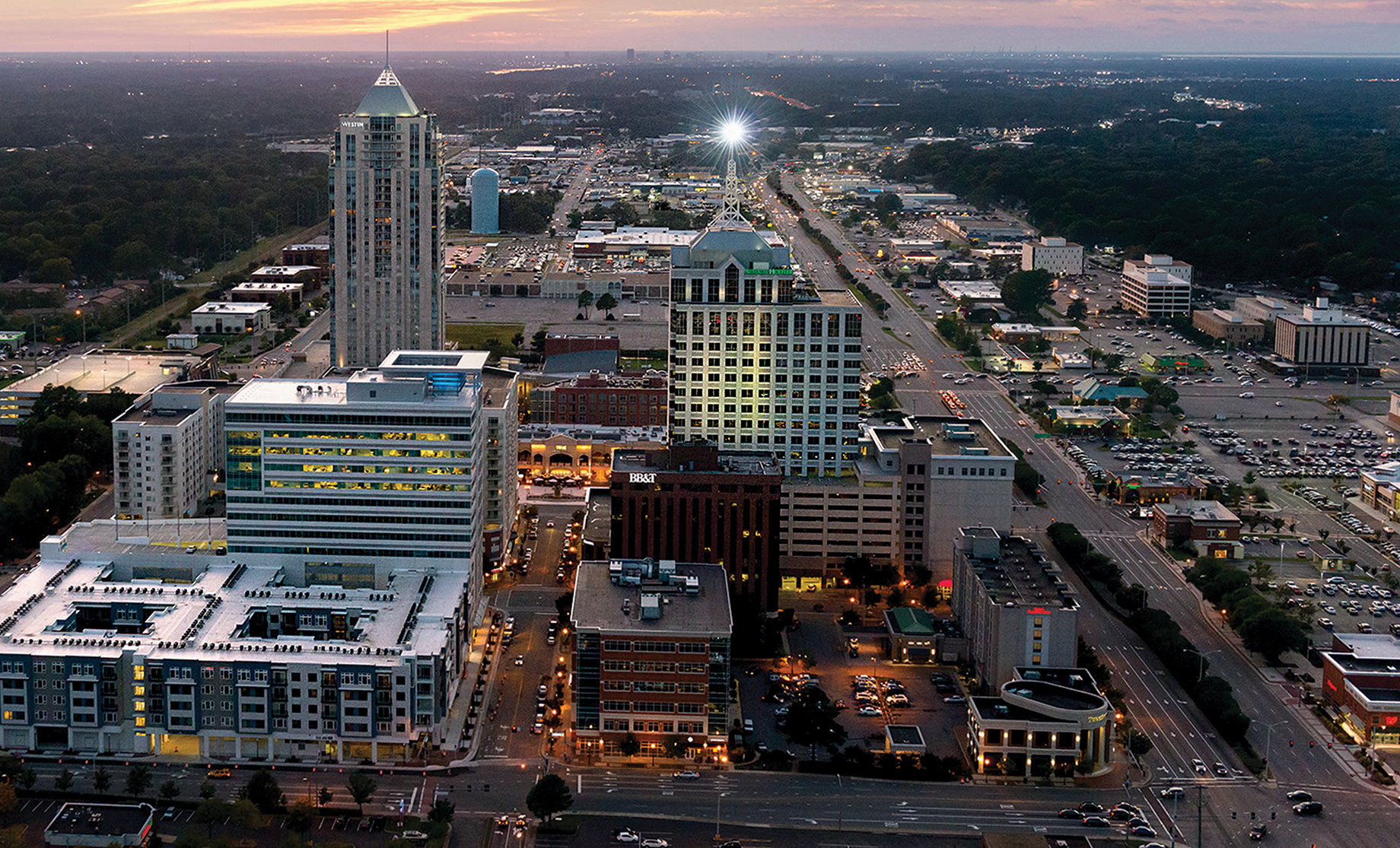
Virginia Beach Town Center
Today Town Center occupies some 25 acres and spans 17 city blocks, and its roughly 60 retail tenants include The Cheesecake Factory, Dick’s Sporting Goods and Williams-Sonoma. There are also 800 residential units, 412 hotel rooms, 800,000 square feet of offices and the Sandler Center for the Performing Arts. The center is expanding again, wrapping up a $41 million phase this year. The nearly 20-year-old TIF also has a $100 million financing plan in the works to launch a new city hall next to Town Center.
By Steve McLinden
Contributor, Commerce + Communities Today